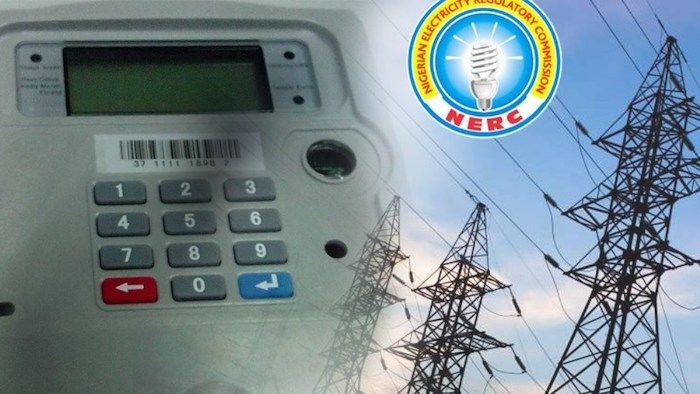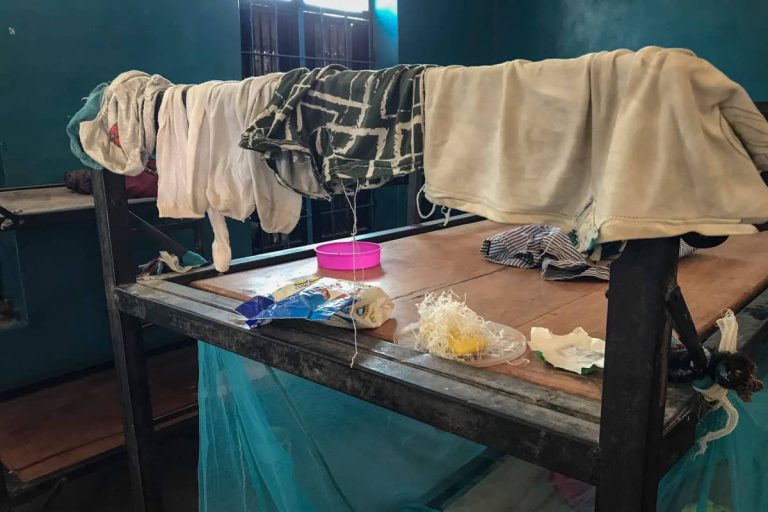
New data highlights persistent generation gaps, unstable grid conditions, and worsening misalignment between demand and supply
A new factsheet released by the Nigerian Electricity Regulatory Commission (NERC) shows that power distribution companies supplied an average of 5,506 megawatts to consumers in October, barely 40% of Nigeria’s 13,625MW installed generation capacity.
NERC said the limited output reflected the continued fragility of the national grid and the chronic performance issues plaguing major power plants. Despite the shortfall, October’s delivery represented a modest 2% improvement compared to September.
According to the report, 10 major hydro and gas-fired plants were responsible for roughly 80% of all electricity generated during the month. Key contributors included Egbin, Delta, Kainji, Shiroro, Okpai, Geregu, and Ihovbor, which collectively carried much of the system’s load.
Load Factor Remains Stagnant
Although an average of 5,506MW was technically available, the industry only managed to generate about 4,290 megawatt-hours per hour (MWh/h), translating to a 78% load factor, unchanged from September. NERC noted this stability as another sign of persistent structural bottlenecks in Nigeria’s power sector.
Plant-by-plant data showed significant disparities:
- Egbin operated with a 50% availability factor but achieved one of the highest load factors at 90%, producing around 591MWh/h.
- Delta delivered 347MWh/h with 45% availability and an 86% load factor.
- Kainji posted a strong 95% load factor, though availability stood at 75%.
- Zungeru reported 100% availability, but its load factor was only 47%, generating 330MWh/h.
- Odukpani had one of the lowest availability levels at 31%, yet still maintained an 84% load factor, highlighting ongoing fuel challenges.
- Geregu continued to rank among the most consistent performers with 50% availability, 92% load factor, and 200MWh/h output.
- Afam I ran at a 91% load factor with 114MW available.
- Geregu II averaged 110MW with a 64% load factor.
- Olorunsogo I and Omotosho I each achieved 100% load factors, while plants such as Rivers I, Okpai II, and Alaoji I produced no power at all in October.
Grid Stability Still a Major Concern
NERC said grid conditions remained unstable.
Transmission voltage frequently fell outside the safe operating band of 313.50kV to 346.50kV. The average lower voltage was 294.55kV, while the upper voltage climbed to 346.90kV, indicating repeated under-voltage and over-voltage episodes across the network.
Frequency levels also breached acceptable thresholds. The grid recorded an average lower frequency of 49.46Hz and an upper frequency of 50.69Hz, both outside the recommended 49.75Hz–50.25Hz range.
Minister Says Grid Can Transmit More Than What Is Generated
The NERC report follows recent comments by the Minister of Power, Adebayo Adelabu, who insisted last week that the national grid is capable of transmitting up to 8,500MW. He attributed the country’s continued delivery of barely 5,000MW to a deep mismatch between electricity demand, generation levels, and actual consumption.



